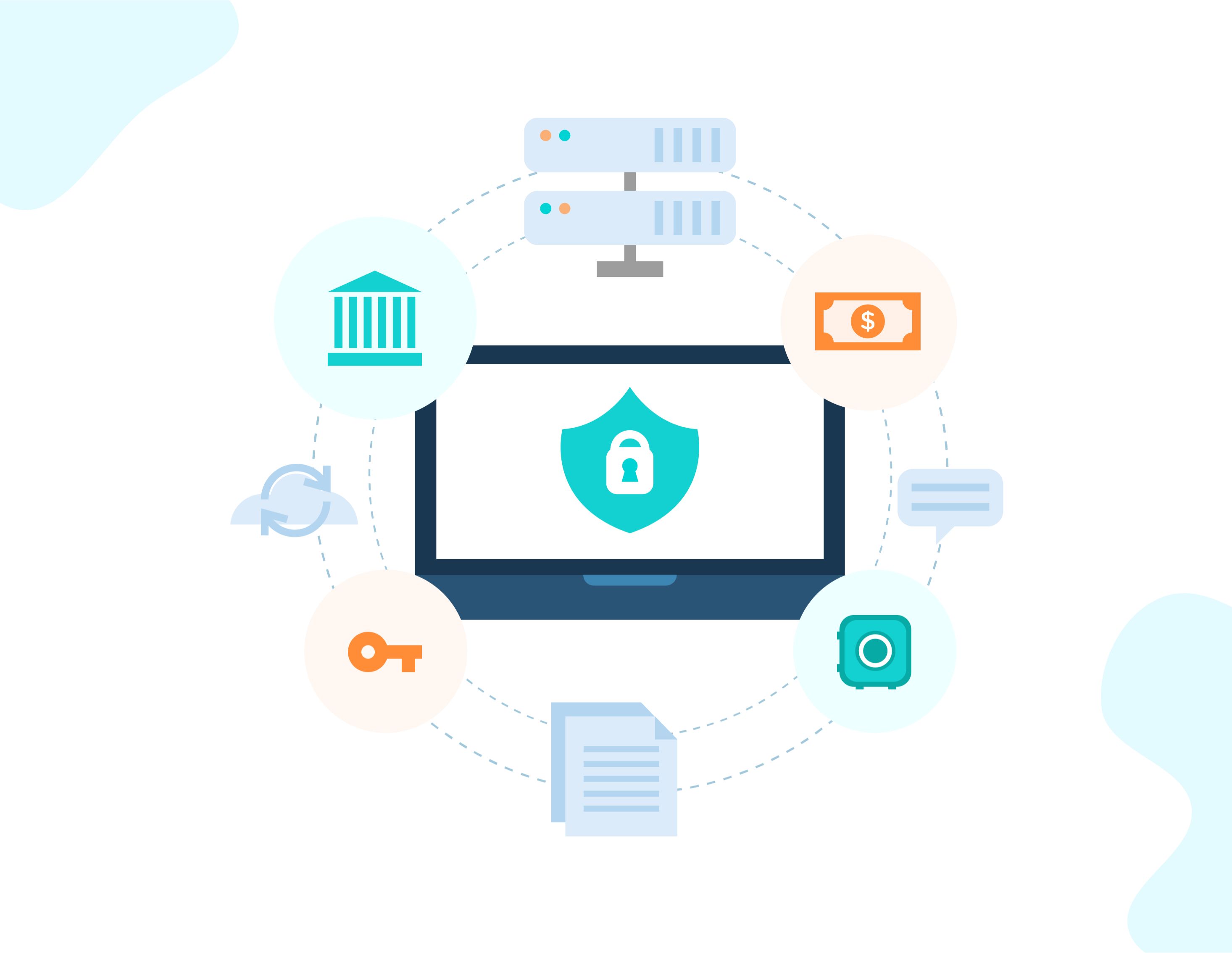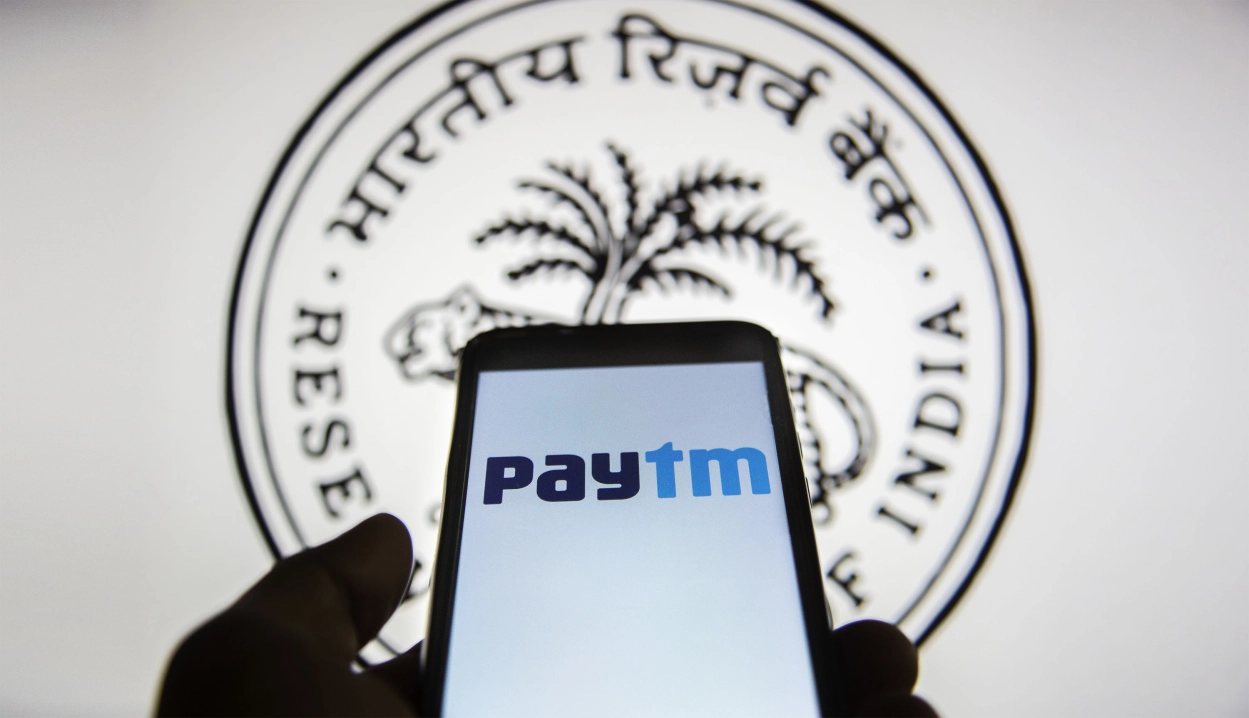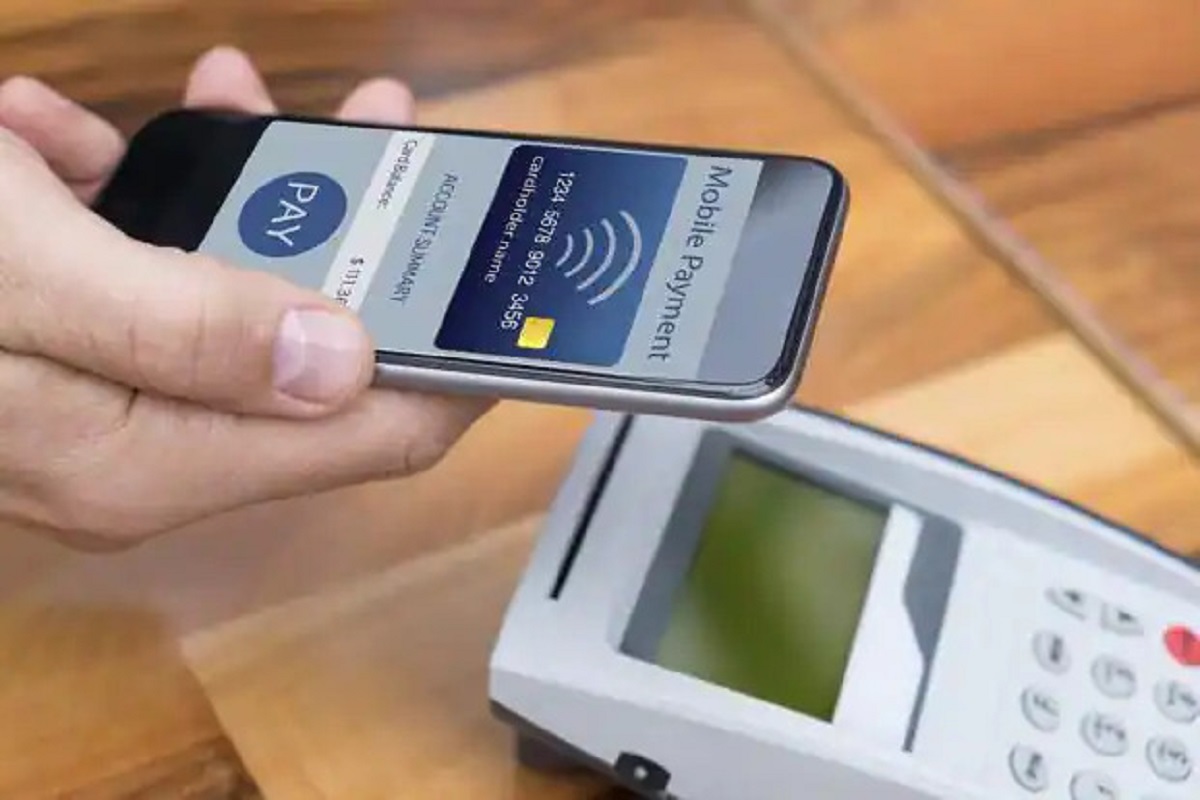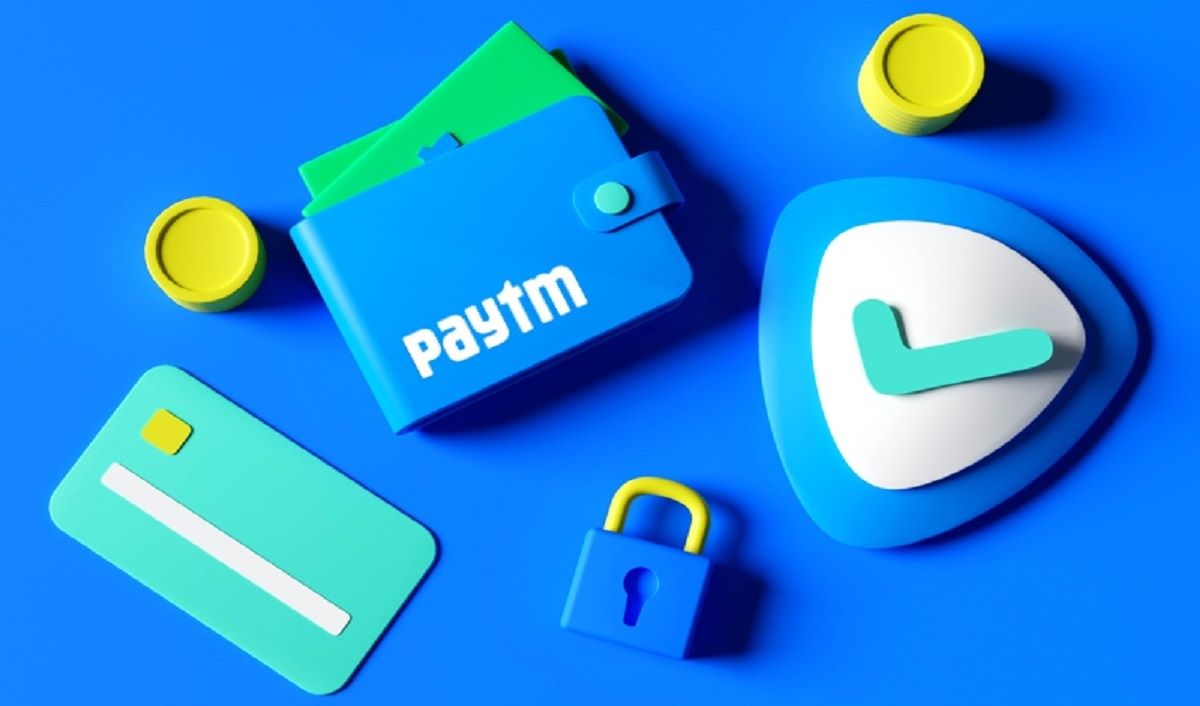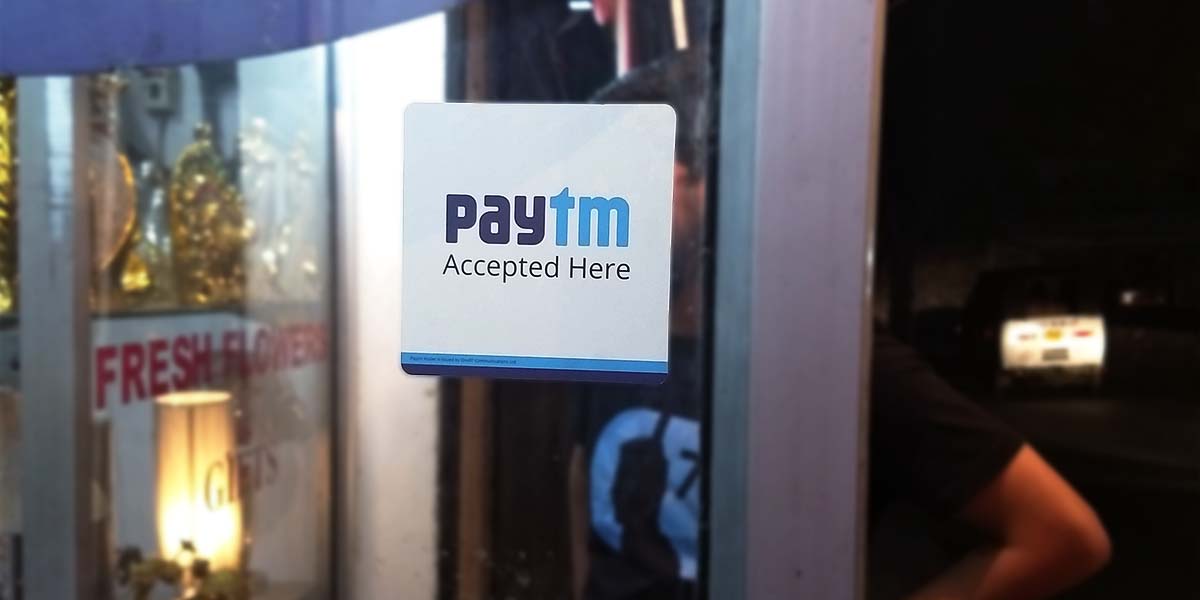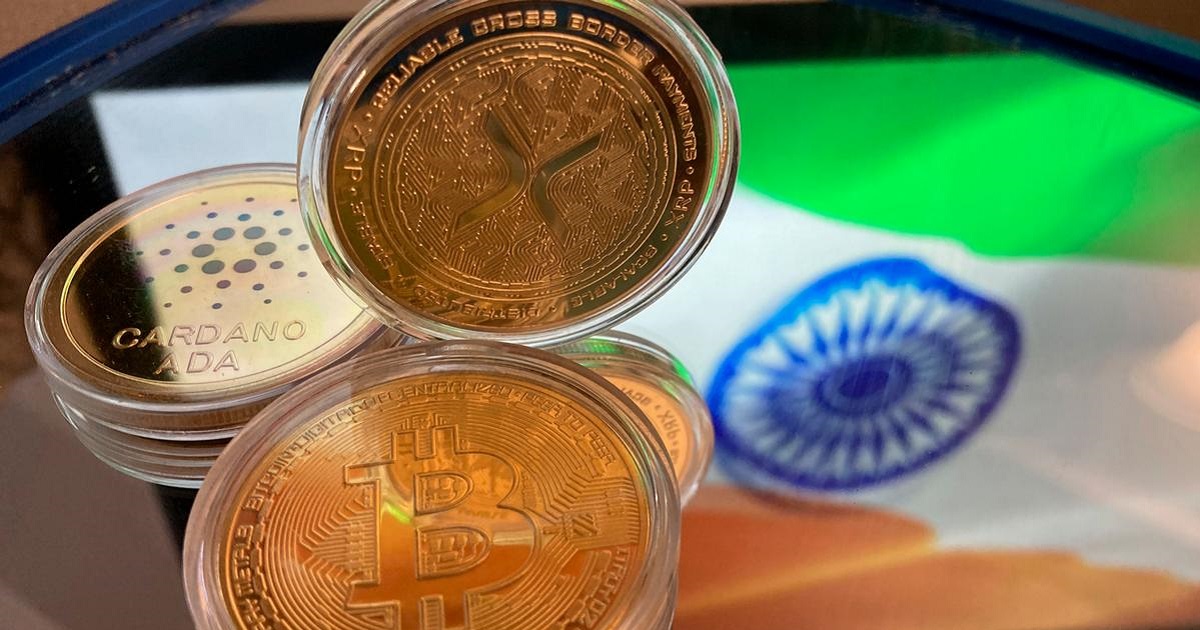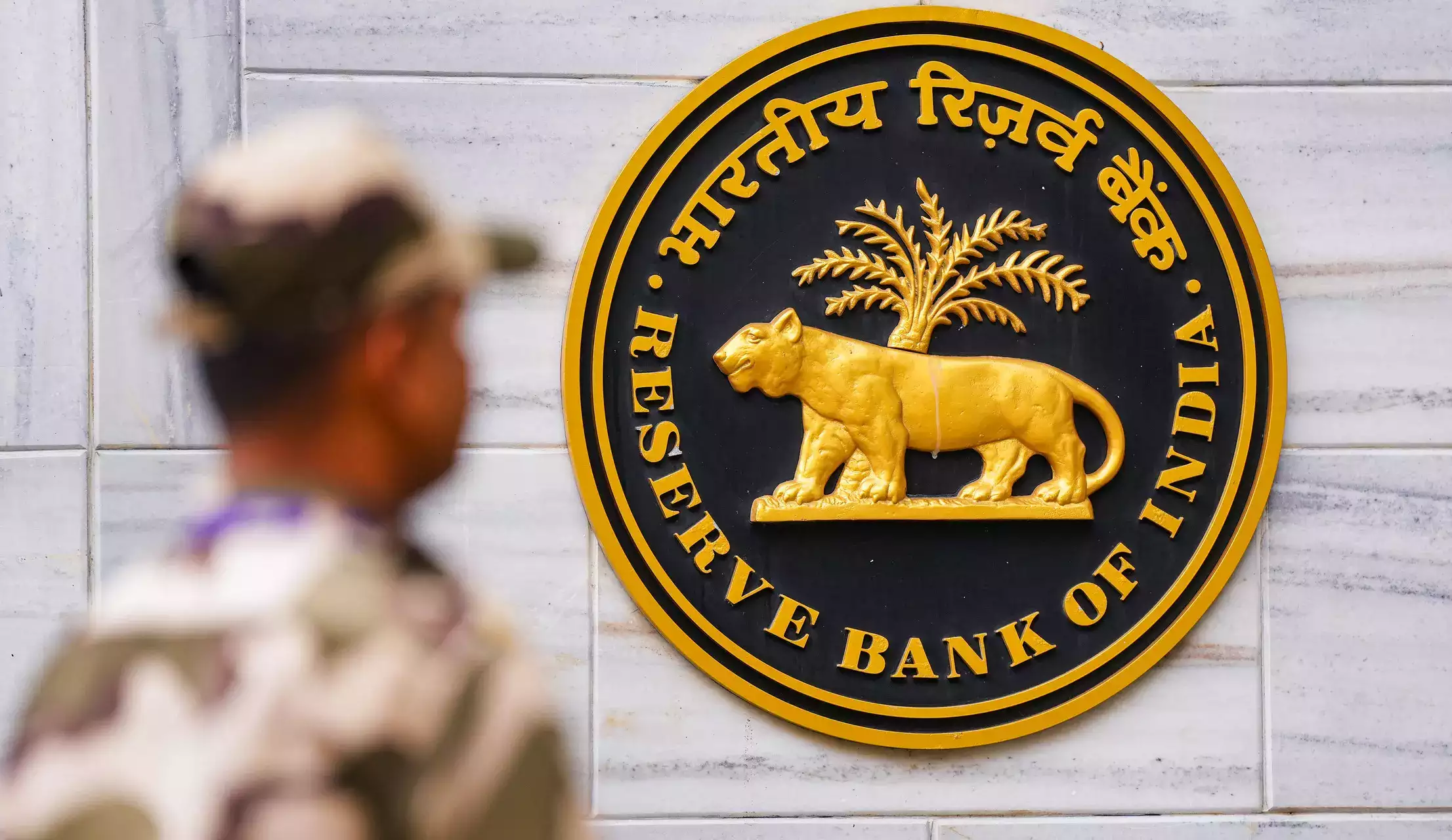Introduction
Welcome to the world of card tokenization, a revolutionary technology that is changing the way we secure and process payment transactions. As digital payments continue to gain popularity, ensuring the security of sensitive card information has become a top priority for businesses and consumers alike. Card tokenization provides a robust solution by replacing actual card details with unique identifiers known as tokens.
Tokenization is a process that involves substituting sensitive data, such as credit card numbers, with a randomly generated token that retains no inherent value or meaning. This token acts as a reference to the original data and enables secure transactions without exposing the original card details to potential threats.
With card tokenization, the risk of data breaches and unauthorized access to card information is significantly reduced. Even in the event of a security breach, the compromised tokens hold no value and cannot be used to commit fraudulent activities. Tokenization has gained widespread adoption across various industries, including e-commerce, online payments, and mobile wallets.
In this article, we will explore the fundamentals of card tokenization, understand how it works, and uncover the benefits it offers to businesses and consumers. Additionally, we will delve into the guidelines set by the Reserve Bank of India (RBI) regarding card tokenization and the security measures employed to safeguard sensitive card data.
So, whether you are a business owner looking to secure customer transactions or a curious consumer interested in the inner workings of payment security, let’s dive into the world of card tokenization and discover how it is transforming the way we handle electronic payments.
What is Card Tokenization?
Card tokenization is a process that replaces sensitive card information, such as credit card numbers or bank account details, with unique tokens. These tokens act as substitutes for the original data, allowing for secure electronic transactions without exposing the actual card details.
When a card is tokenized, it goes through a two-step process. First, the sensitive card information is encrypted and securely stored in a database known as a payment gateway. Then, a token is generated and associated with the card data in the payment gateway. This token is used as a reference to the original card information when making transactions.
The tokens are randomly generated and have no inherent value or meaning. They typically consist of a combination of alphanumeric characters and can vary in length. This ensures that even if the tokens were intercepted or stolen, they would be useless to unauthorized individuals or potential hackers.
Card tokenization provides a layer of security for both businesses and consumers. For businesses, it minimizes the risk of data breaches and the potential consequences of storing sensitive information. By tokenizing the card data, businesses significantly reduce the likelihood of fraudulent activities and unauthorized access to customer information.
For consumers, card tokenization offers peace of mind when making online or mobile payments. The actual card details are never shared with merchants or service providers during transactions, reducing the risk of fraudulent charges or identity theft. Instead, the tokens are used as substitutes, ensuring that the card data remains secure and protected.
It is important to note that card tokenization is not the same as card encryption. While encryption also involves protecting data, it differs in the way the data is transformed and transmitted. Encryption converts the card information into a code that can be decrypted with a corresponding key, whereas tokenization uses randomly generated tokens that are meaningless without the associated data stored securely in the payment gateway.
In the next section, we will explore how card tokenization works, providing insights into the underlying mechanisms and processes that ensure secure electronic transactions.
How Does Card Tokenization Work?
Card tokenization involves several key steps to ensure the security and integrity of sensitive card information. Let’s walk through the process to better understand how card tokenization works:
1. Data Collection: When a customer initiates a payment transaction, their card details are collected either through an online form, a mobile application, or a point-of-sale (POS) device. This data typically includes the card number, expiration date, and CVV code.
2. Encryption: The collected card data is encrypted using strong cryptographic algorithms. Encryption ensures that the sensitive information is converted into a secure code that can only be deciphered using the appropriate decryption key. This step prevents unauthorized individuals from accessing the card details.
3. Token Generation: Once the card data is encrypted, a token is generated. Tokens are randomly generated strings of characters that serve as placeholders for the actual card information. These tokens have no intrinsic value and are meaningless without access to the encrypted data.
4. Storage: The encrypted card data and the corresponding token are securely stored in a payment gateway or a tokenization service provider’s database. This ensures that the original card information and its associated token are linked together and can be retrieved when needed for authorized transactions.
5. Tokenized Transaction: When a customer initiates a subsequent payment, instead of providing the actual card details, they provide the token associated with their card. The token is then sent securely to the payment gateway or service provider, along with other transaction details.
6. Token Validation: Upon receiving the token, the payment gateway or service provider validates the token to ensure its authenticity and association with the stored card data. If the token is valid, the transaction proceeds, and the payment is processed.
7. Decryption: In the payment gateway or service provider’s database, the encrypted card data is decrypted using the appropriate decryption key. This allows the actual card details to be retrieved and used to complete the transaction.
8. Authorization and Settlement: Once the transaction is authorized, the funds are transferred from the customer’s account to the merchant’s account. This completes the payment process.
The beauty of card tokenization lies in the fact that at no point during the transaction is the actual card information exposed. The tokens act as secure substitutes, providing a layer of protection against data breaches and unauthorized access.
In the next section, we will explore the benefits that card tokenization brings to businesses and consumers.
Benefits of Card Tokenization
Card tokenization offers a range of benefits for businesses, consumers, and the overall security of electronic payment transactions. Let’s explore the key advantages of implementing card tokenization:
1. Enhanced Security: By replacing actual card details with tokens, card tokenization significantly reduces the risk of data breaches and unauthorized access to sensitive information. Even if tokens are intercepted or stolen, they hold no value and cannot be used for fraudulent activities. This provides businesses and consumers with an added layer of security.
2. Simplified Compliance: Payment Card Industry Data Security Standard (PCI DSS) compliance can be complex and costly for businesses. However, by implementing card tokenization, businesses can reduce the scope of their PCI DSS compliance requirements. Since tokens replace actual card data, businesses don’t need to store or transmit sensitive payment information, simplifying their compliance obligations.
3. Fraud Prevention: Card tokenization plays a crucial role in preventing fraudulent activities. Tokens are meaningless without access to the original card data stored securely in the payment gateway. This makes it virtually impossible for hackers to obtain valuable information even if they manage to intercept tokens.
4. Seamless User Experience: Card tokenization enhances the user experience by allowing quick and secure transactions. Customers don’t need to repeatedly enter their card details for subsequent purchases or payments; they simply use the associated token. This frictionless process saves time, increases convenience, and improves customer satisfaction.
5. Increased Customer Trust: With the rise in data breaches and identity theft, consumers are becoming more cautious about sharing their card details. Implementing card tokenization demonstrates that businesses prioritize customer data security. This can build trust and loyalty among customers, leading to repeat business and positive word-of-mouth recommendations.
6. Flexibility in Payment Methods: Card tokenization offers flexibility in accepting various payment methods. It enables businesses to seamlessly integrate different payment options, including mobile wallets, recurring payments, and online transactions, without compromising security.
7. Cost Savings: Implementing card tokenization can lead to cost savings for businesses. By reducing the risk of data breaches and fraudulent activities, businesses can avoid financial losses associated with compensating customers for fraudulent transactions or reputational damage caused by security incidents.
8. Global Accessibility: Card tokenization can be implemented globally, making it suitable for businesses operating in multiple countries. This ensures consistent security standards and compliance across various regions, allowing businesses to scale and expand their operations effectively.
Card tokenization offers a comprehensive solution to secure payment transactions, protect sensitive card information, and instill confidence in both businesses and consumers. With its array of benefits, it is no surprise that card tokenization is becoming the preferred method for ensuring payment security in today’s digital world.
RBI Guidelines on Card Tokenization
The Reserve Bank of India (RBI) has recognized the importance of card tokenization in enhancing the security of electronic payment transactions. To ensure safe and reliable implementation, the RBI has issued guidelines that regulate the use of card tokenization in India. Let’s take a closer look at the key guidelines set by the RBI:
1. Tokenization Service Provider (TSP): The RBI requires that businesses engaging in card tokenization must utilize the services of a duly authorized TSP. The TSP is responsible for managing the tokenization process, ensuring compliance with security standards, and securely storing the encrypted card data and associated tokens.
2. Token Structure: The RBI mandates that the token generated should be unique, random, and irreversible. This ensures that the tokens cannot be reverse-engineered or deciphered to obtain the original card information. Furthermore, the tokens should not contain any identifiable information or internal logic that can compromise the security of the tokenization process.
3. Security Standards: The RBI emphasizes the need for robust security measures to protect card data and tokens throughout the tokenization process. The TSPs are required to implement strong encryption techniques, secure storage practices, and access controls to safeguard the sensitive information from unauthorized access or breaches.
4. Reverse Mapping: To ensure the integrity of the tokenization process, the RBI specifies that there should be a secure link or mapping between the tokens and the original card data. This allows for authorized decryption of the token to retrieve the actual card details when needed for transaction processing.
5. Customer Consent: Businesses implementing card tokenization must obtain explicit consent from customers before tokenizing their card details. The consent should be informed and include details regarding the purpose of tokenization, the security measures in place, and the rights of the customers in case of any security concerns or disputes.
6. Data Retention: The RBI guidelines state that businesses should retain the original card data for a limited period, as required for transaction purposes. However, it is important to note that the actual card details should not be stored in the same system or database that holds the associated tokens. This separation ensures that even if a data breach occurs, the tokens remain secure and unusable.
7. Reporting and Auditing: The RBI mandates regular reporting and auditing of the tokenization activities to ensure compliance with the guidelines. TSPs and businesses implementing tokenization must regularly assess their security measures, conduct internal audits, and provide reports to the RBI when requested.
By setting these guidelines, the RBI aims to foster trust and confidence in the use of card tokenization in India. These regulations provide a framework for businesses to adopt and implement secure tokenization practices and adhere to the highest standards of data protection.
Security Measures in Card Tokenization
Card tokenization is designed to provide robust security for payment transactions and protect sensitive card information. To ensure the integrity and safety of the tokenization process, several security measures are implemented. Let’s explore some of the key security measures in card tokenization:
1. Encryption: Encryption forms the foundation of card tokenization security. Sensitive card data is encrypted using strong cryptographic algorithms, rendering it unreadable to unauthorized individuals. Encrypted data can only be decrypted with the appropriate decryption key, ensuring that stored card information remains protected.
2. Secure Storage: The encrypted card data and associated tokens are stored in a secure database, usually provided by a trusted payment gateway or tokenization service provider. These databases employ advanced security measures, such as firewalls, intrusion detection systems, and access controls, to prevent unauthorized access or data breaches.
3. Tokenization Service Provider (TSP) Security: TSPs play a crucial role in card tokenization security. They are responsible for managing the entire tokenization process, including storage, encryption, and decryption. TSPs must adhere to strict security standards, implementing measures to protect their infrastructure from attacks and ensuring the confidentiality and integrity of the stored card data.
4. Secure Transmission: When transmitting card data or tokens, secure protocols such as HTTPS or SSL/TLS are used to establish encrypted connections between the sender and receiver. This prevents interception and unauthorized access to the sensitive information during transit, ensuring the confidentiality of the data.
5. Access Controls: Access to the stored card data and tokenization systems is restricted to authorized personnel only. Access controls, including strong authentication mechanisms, unique user credentials, and role-based permissions, help prevent unauthorized access to the sensitive information. Regular monitoring and reviewing of access logs enable early detection of any suspicious activities.
6. Compliance with Regulatory Standards: Card tokenization processes and systems must comply with industry-specific security regulations, such as the Payment Card Industry Data Security Standard (PCI DSS). These standards provide comprehensive guidelines for ensuring the security of cardholder data, including encryption, access controls, vulnerability management, and regular security assessments.
7. Ongoing Monitoring and Auditing: Regular monitoring and auditing of the tokenization systems and processes are essential to detect and prevent security breaches. Monitoring involves real-time surveillance of system activities, identifying any anomalies or potential security threats. Regular audits assess the overall security posture, ensuring compliance with security policies and standards.
8. Incident Response and Data Breach Management: In the event of a security incident or data breach, a well-defined incident response plan is essential. TSPs and businesses should have measures in place to quickly identify and contain the breach, notify affected parties, and mitigate the potential impact. Having a robust data breach management strategy ensures minimal disruption and helps maintain trust among customers.
By implementing these security measures, businesses can safeguard sensitive card information and maintain the trust of their customers. Card tokenization, coupled with robust security practices, provides a strong defense against data breaches, identity theft, and fraudulent activities.
Use Cases of Card Tokenization
Card tokenization has gained popularity across various industries due to its ability to enhance security and streamline payment processes. Let’s explore some of the key use cases where card tokenization is beneficial:
1. E-commerce and Online Payments: Card tokenization is widely used in e-commerce and online payment platforms. By tokenizing customers’ card details, merchants can securely store payment information for seamless future transactions. This eliminates the need for customers to repeatedly enter their card details, increasing convenience and reducing friction during the checkout process.
2. Mobile Wallets: Mobile wallet applications, such as Apple Pay, Google Pay, Samsung Pay, and others, leverage card tokenization to facilitate secure and contactless payments. When users add their payment cards to a mobile wallet, the card details are tokenized and stored securely on the device. This allows users to make secure transactions by simply tapping their device on a compatible payment terminal.
3. Recurring Payments: Card tokenization simplifies recurring payment processes by securely storing customers’ card details and generating tokens for subsequent transactions. This is beneficial for subscription-based services, utility bill payments, loan repayments, and other recurring payment scenarios. Tokenization ensures that the actual card details remain secure while enabling seamless recurring transactions.
4. In-App Purchases: Mobile applications often integrate card tokenization to enable in-app purchases. By tokenizing the card details, developers can provide a secure payment experience within the app without having to handle or store sensitive card data. This enhances user trust and encourages higher conversion rates for in-app purchases.
5. Card-on-File: Card-on-File refers to the practice of storing customers’ card details for future purchases or transactions. With card tokenization, merchants can securely store card information without exposing it to potential security threats. This enables customers to make quick and secure transactions without the need to enter their card details every time.
6. Cross-Border Payments: Tokenization simplifies cross-border payments by eliminating the need to transmit sensitive card information across different payment networks. Since tokens have no value outside of the specific payment ecosystem, the risks associated with cross-border transactions are significantly reduced, ensuring a secure and seamless payment experience.
7. Point-of-Sale (POS) Systems: Card tokenization can be integrated into POS systems, enabling merchants to securely process card payments. Instead of storing or transmitting actual card details, the merchant’s POS system uses tokens to identify the associated card data, ensuring that sensitive information remains protected throughout the payment process.
8. Contactless Payments: Card tokenization is crucial for secure contactless payments using methods such as Near Field Communication (NFC) and Quick Response (QR) codes. By tokenizing card details, users can make fast and secure tap-and-go payments without the risk of exposing their actual card information.
These use cases demonstrate the versatility and wide-ranging applications of card tokenization across various industries. By leveraging tokenization, businesses can enhance security, streamline payment processes, and provide a seamless and secure payment experience to their customers.
Conclusion
Card tokenization has emerged as a powerful solution to address the security challenges associated with electronic payment transactions. By replacing actual card details with unique tokens, businesses and consumers benefit from enhanced security and convenience.
In this article, we explored the fundamentals of card tokenization, understanding its definition and how it works. We examined the benefits it offers to businesses and consumers, including enhanced security, simplified compliance, fraud prevention, and cost savings. Additionally, we delved into the guidelines set by the Reserve Bank of India (RBI) to regulate the use of card tokenization and ensure secure implementation.
Security measures in card tokenization are robust and comprehensive. From encryption and secure storage to access controls and compliance with industry standards, these measures safeguard sensitive card information throughout the tokenization process.
We also explored various use cases of card tokenization, such as e-commerce, mobile wallets, recurring payments, in-app purchases, and cross-border transactions. In each of these scenarios, card tokenization provides a secure and seamless payment experience, enhancing customer trust and satisfaction.
As the world continues to embrace digital payments, card tokenization remains at the forefront of payment security solutions. Its ability to protect sensitive card information, simplify payment processes, and provide a frictionless user experience makes it an indispensable tool for businesses and consumers alike.
In conclusion, card tokenization has revolutionized the way payment transactions are secured and processed. Its widespread adoption across industries and adherence to security standards underscores its effectiveness in mitigating the risks associated with data breaches and unauthorized access to card information. As technology continues to evolve, card tokenization will undoubtedly continue to play a pivotal role in ensuring secure and seamless digital payments.







